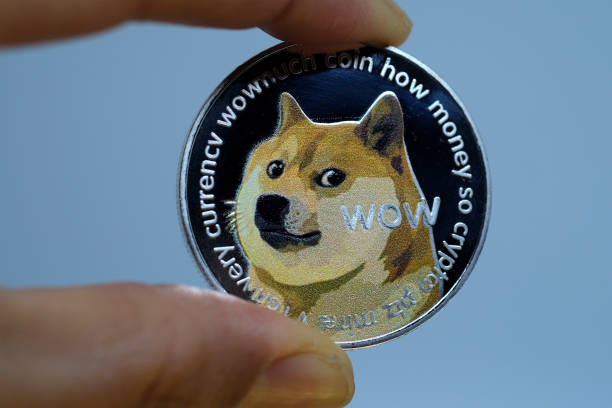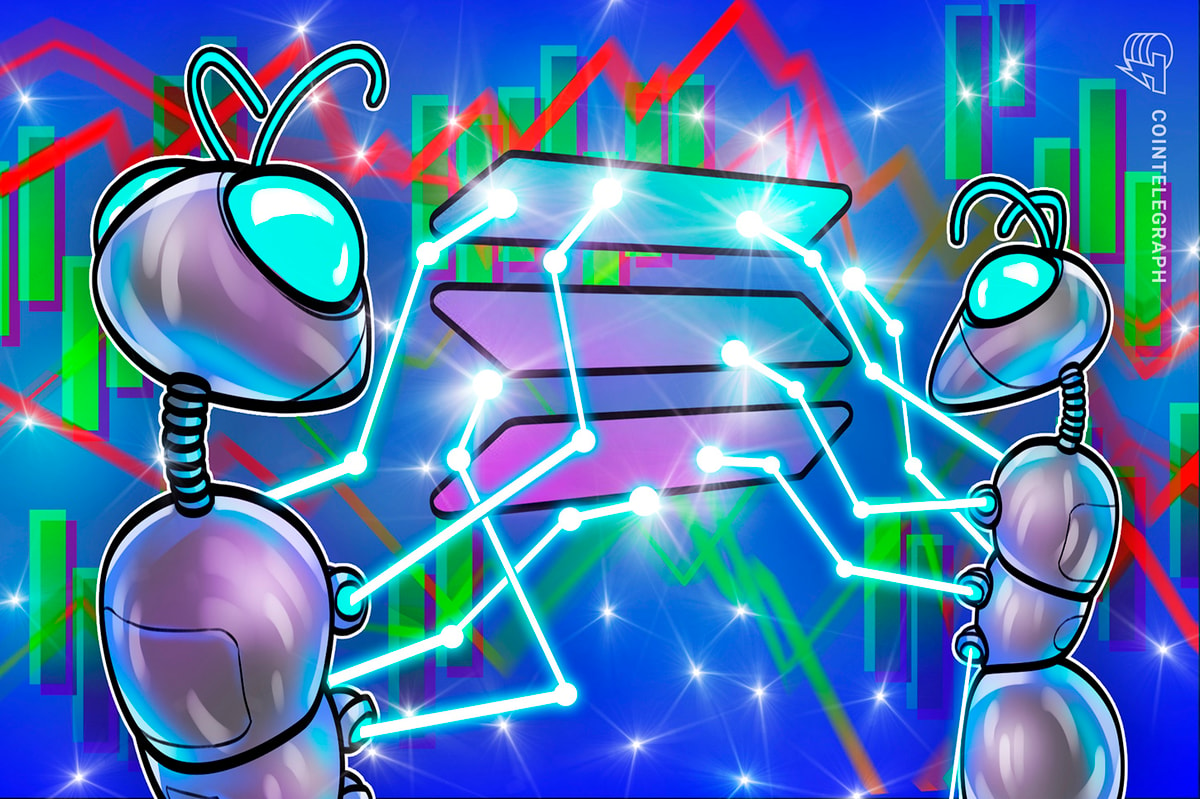Public distributed ledger Hedera Hashgraph has announced that IBM and Tata Communications have joined its governing council.
In a news release on Aug. 12, the platform described the addition of the two firms as a powerful endorsement of its hashgraph consensus mechanism.
Diverse array of council members
Mance Harmon, the CEO of Hedera Hashgraph, said IBM and Tata Communications’ presence further decentralizes the platform’s governance, adding:
“Our governance model, which includes a robust system of checks and balances, ensures power can’t be consolidated, while at the same time providing a stable and scalable platform on which developers can build.”
Up to 39 multinational entities will make up the Hedera Governing Council. Each member can serve a maximum of two consecutive three-year terms, and they are responsible for eliminating the risk of forks and guaranteeing the integrity of the codebase.
A variety of enterprises from telecommunications, retail, law, financial services and technology are now represented on the council, Hedera said.
This governing council will be key in Hedera’s success says Leemon Baird, the company's co-founder and chief scientist.
"The members of the governing council are the actual owners of the company. They aren't just advisers. They are Hedera," explained Baird. "Hedera is an LLC that is split 39 ways — 39 companies own it, control it, and make all the decisions."
Move toward blockchain standards and simplification
IBM’s vice president of blockchain technologies, Jerry Cuomo, described Hyperledger as the “de facto standard enterprises use to build, manage and deploy blockchain-based ledgers” — adding that he believes the platform could enhance and simplify the deployment of Hyperledger Fabric in enterprise environments.
Ankur Jindal, global head of corporate venturing and innovation and Tata Communications, expressed excitement at the prospect of joining other forward-looking businesses to deliver the potential of distributed ledger technology (DLT) to the wider economy. He added:
“Innovations such as DLT, AI, and IoT change the way organizations and people interact with each other and with the world. These emerging technologies can be harnessed to strengthen our efforts to improve operational efficiencies and enable our customers’ digital transformation worldwide.”










